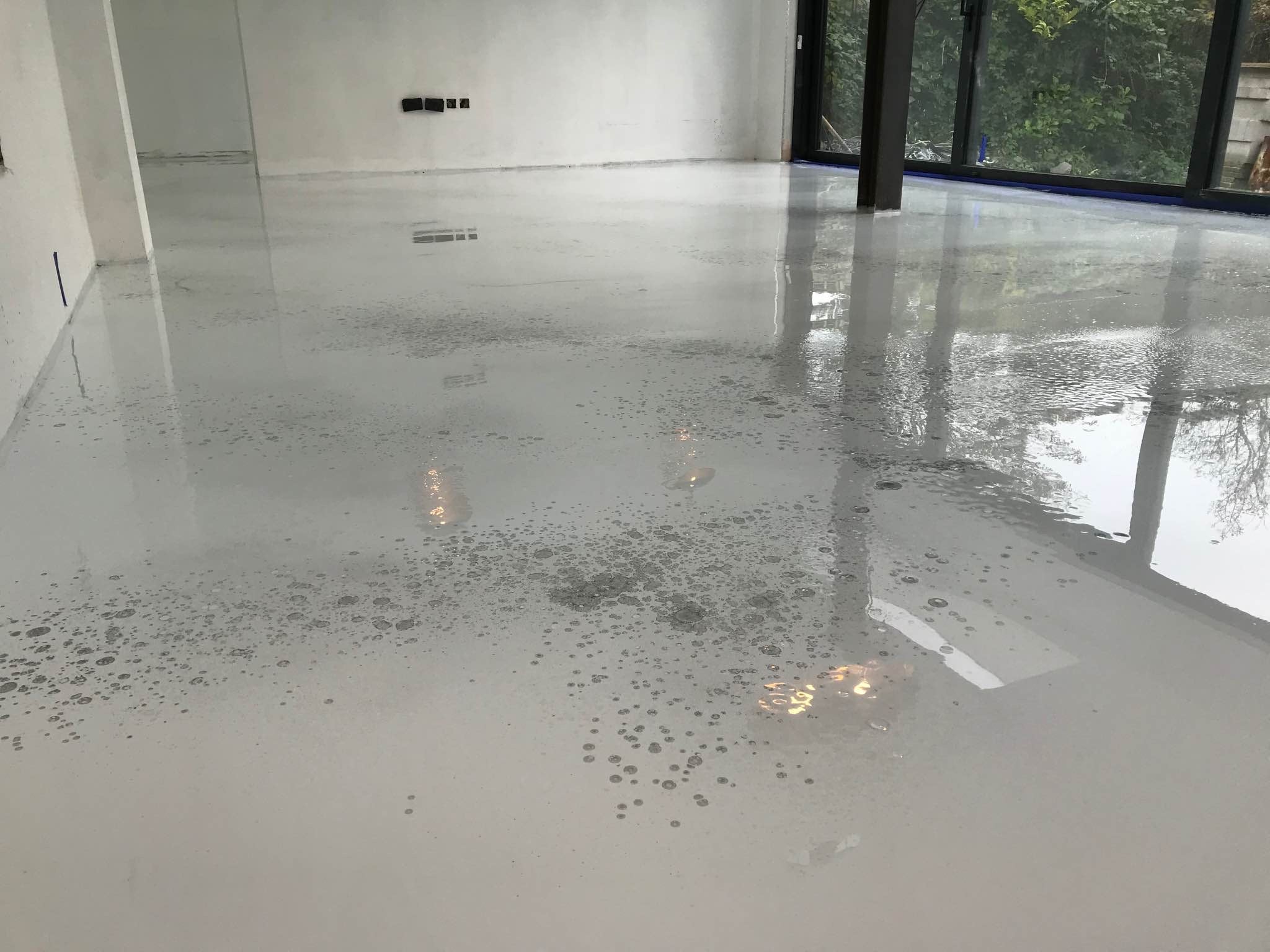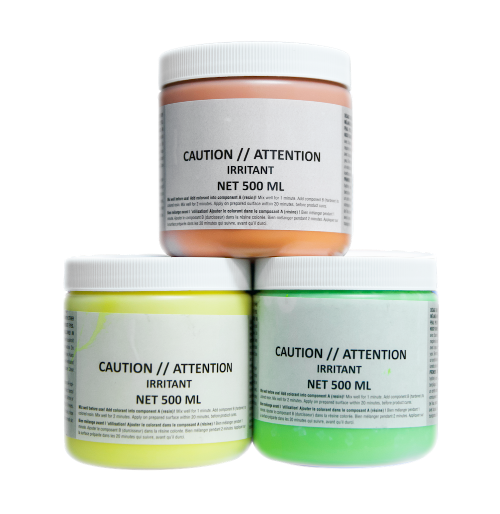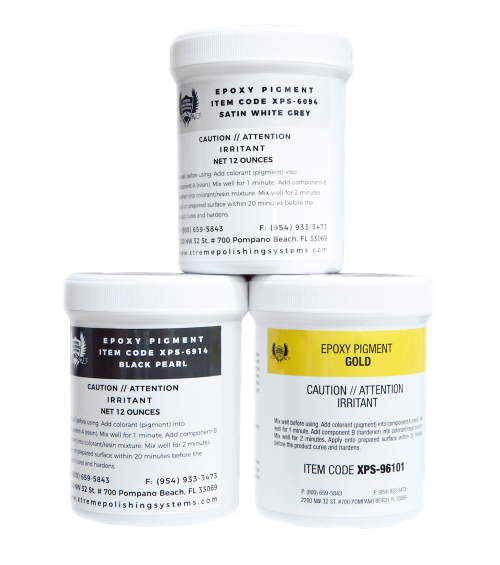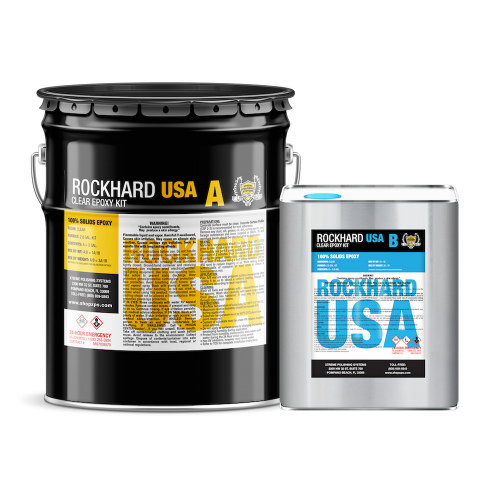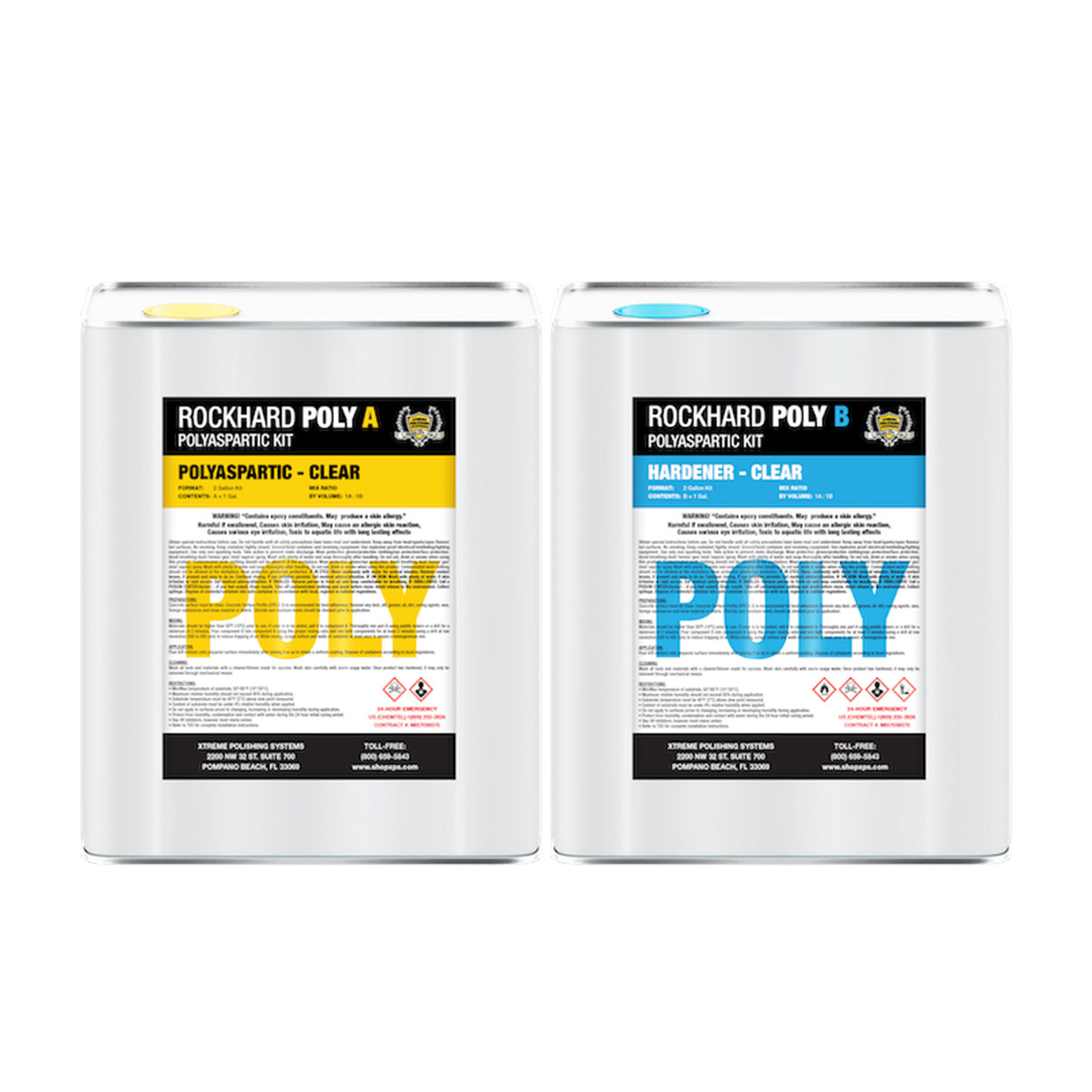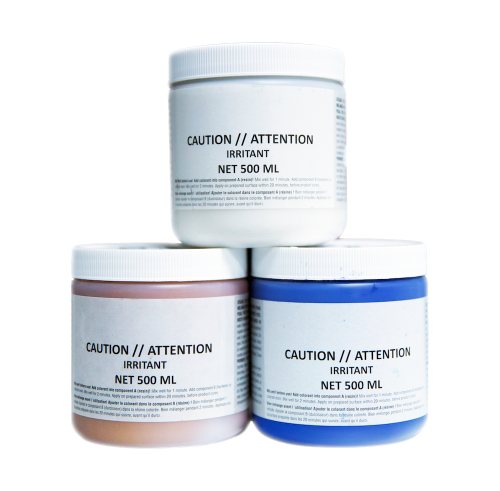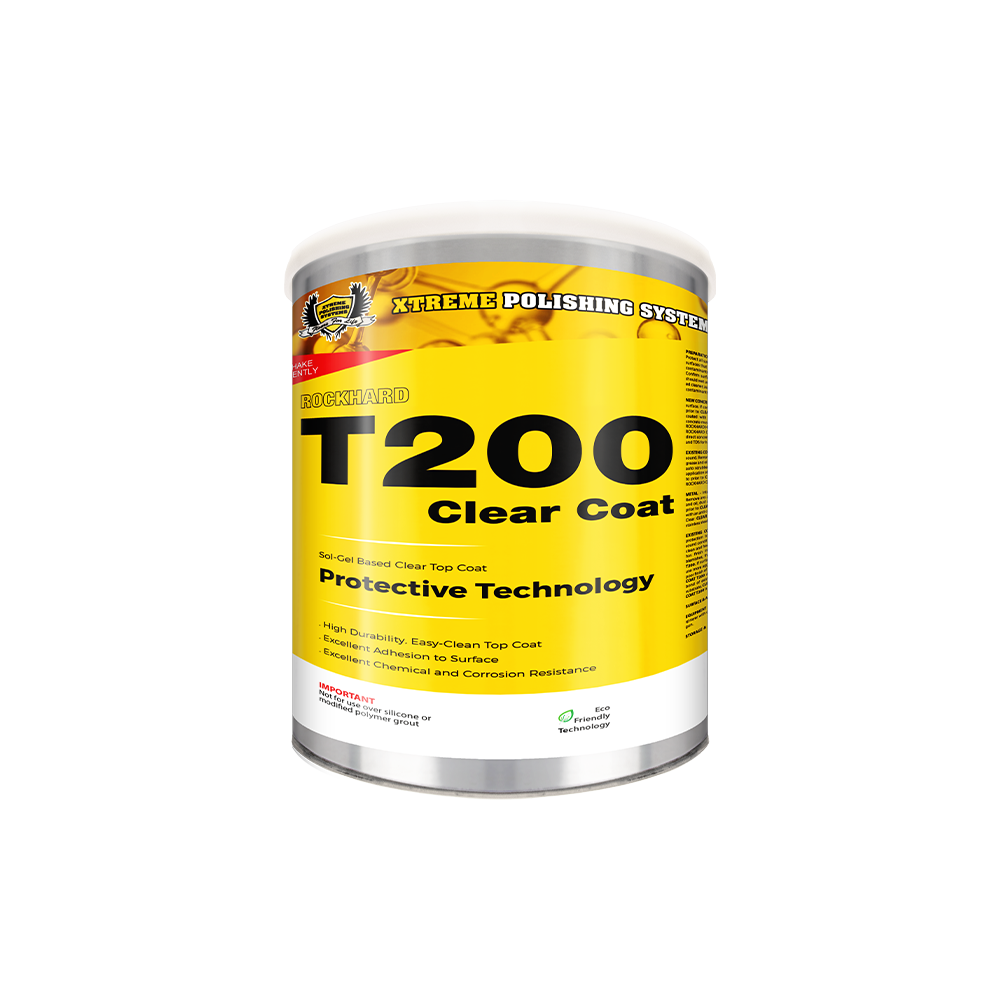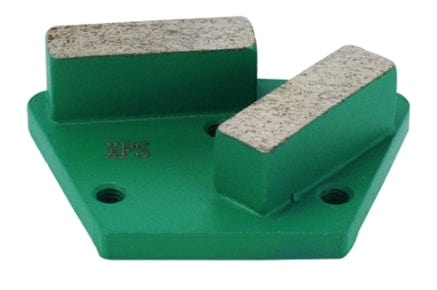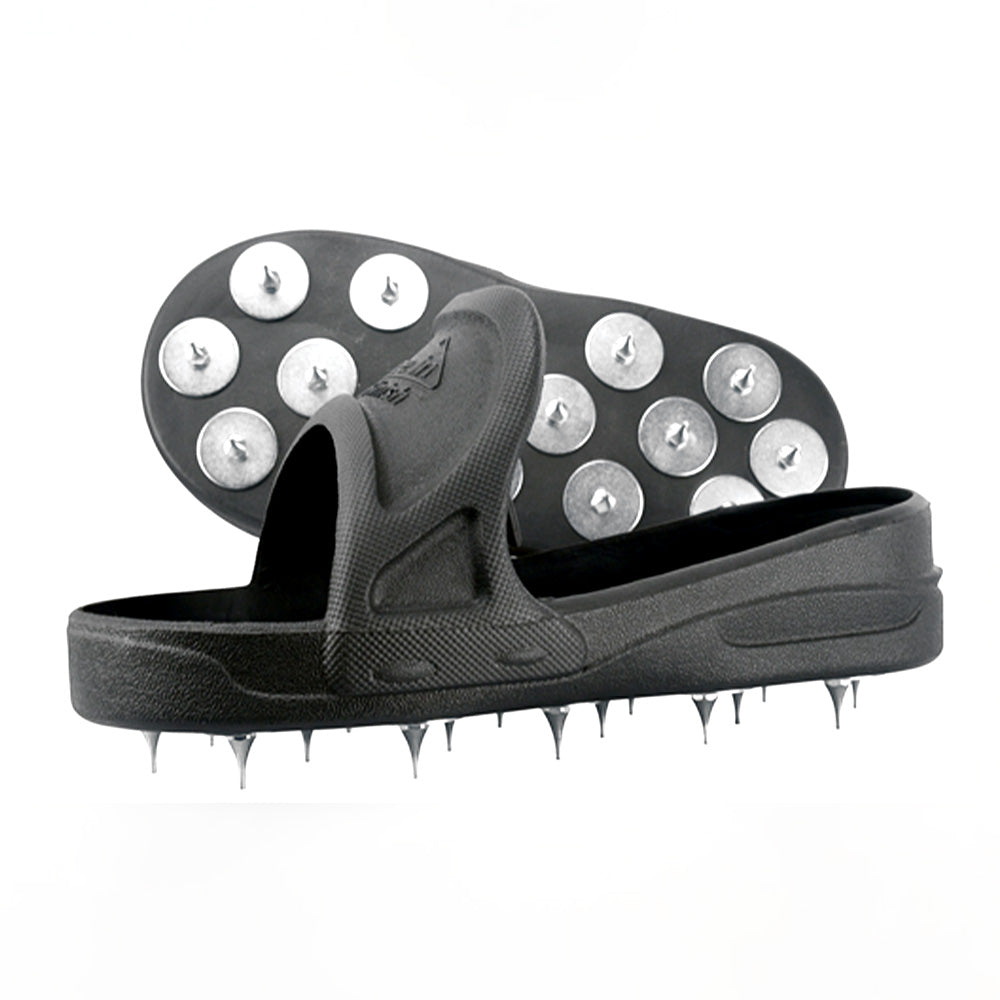The Importance of Surface Preparation
Concrete floor preparation is a classic routine that holds the utmost importance for installing different surface applications. The most popular surface applications available today include decorative concrete (e.g. dyes, stains), concrete resurfacing (e.g. epoxy, flake flooring), cementitious admixtures (e.g. micro toppings, overlays), and concrete surface refinement (e.g. polishing, repair, maintenance, refinishing) applications.
However, the process of preparing concrete floor surfaces can be time-consuming and problematic at times, especially if you encounter certain issues pertaining to the surface itself. The key to simplifying the preparation process is by taking advantage of the most recent technological advancements in the industry. Surface testing equipment consists of state-of-the-art devices specifically designed for analyzing concrete surfaces. These proactive tools will help you significantly with the inspection and preparation and above all, they are accessible to everyone!
Moisture Detectors
Although concrete floors appear to be robust and hard surfaces, the slab is mostly composed of moist materials. The application for pouring a concrete slab involves a mixture of different liquid elements such as water, sand, cement, and aggregate. Even after the curing process has completely hardened the slab, moisture can still remain within the concrete surface for a very long time. Not to mention, concrete floors tend to absorb any form of moisture it encounters on the outer surface. Testing the quality of concrete through its moisture levels using moisture detector meters, especially for indoor and residential flooring applications is extremely important during concrete floor preparation. There are two different methods for measuring the amount of moisture in the concrete slab:
Calcium Chloride Test
A calcium chloride test is a method of detecting moisture in concrete slabs. It aims to measure the moisture vapor emission rate (MVER) through a trial involving the following steps:
- Calcium chloride, together with a clean section of concrete, gets placed in a small dish.
- A plastic dome seals this to let the salt absorb the moisture that emerges from the concrete slab.
- After three days, the container gets weighed to calculate the moisture vapor emission rate (MVER).
Although this type of moisture detector is recognized by floor contractors, manufacturers, and architects, this test can only measure concrete surface conditions.
Testing the Relative Humidity
The second moisture detector aims to measure the levels of moisture within the concrete slab. It allows us to determine the moisture conditions of concrete in its entirety. The relative humidity gets measured through these steps:
- Test holes are drilled into the slabs of concrete to make way for a small probe. These holes set the equilibrium before the test gets underway.
- Placing the probe within concrete allows us to understand the moisture conditions of the slab better. Testers drill 40% of the concrete’s total thickness to obtain better results.
- The ideal relative humidity for concrete to cure is around 80% to 85%.
Testing concrete slabs in situ probes are the best way to measure the relative humidity and determine the moisture conditions that one can encounter while implementing the flooring.
Surface Measuring Tools
Obtaining the space’s accurate surface profile means it is your job to pay close attention to the surface’s characteristics. This has a major impact on the concrete lifespan, appearance, and overall performance, not to mention effects the compatibility of potential product applications. Deciphering these measurements will play a vital role in different components.
By utilizing these tools it allows flooring contractors to better determine the type of chemical systems and adhesive coatings that will work effectively with the concrete application. In too many industries there are tolerances that are being diminished regarding the necessary surface parameters and preparation of a concrete surface. Here are the surface measuring tools that can assist you through the process:
MOH Hardness Kit – Concrete Tester Tool
MOH Concrete Hardness Test Kits were developed for “scratch testing” and are the foremost tool used in the polished concrete industry for determining the hardness of the underlying concrete matrix. The tip points are made of metals and alloys of equivalent hardness for the mineral standards, so these points will not break off, and they can easily be re-sharpened, and ultimately replaced after many uses. This concrete testing kit is configured with customized components, instructions, hardness tables, and a carrying case for industrial and commercial uses. How do you use the hardness picks? Simply scratch a smooth surface of your material with the picks of various indicated hardness.
American Slip Meter Kit
Slip Meter Kits are equipped to test and monitor safety for slip and fall prevention by testing the level of coefficient of friction (COF) on your concrete floors. This concrete floor friction testing will determine if a concrete floor or walkway is safe and could ultimately prevent any potential slip and fall accidents. For this purpose, you require an American Slip Meter Kit. This type of meter is an instrument used to measure the coefficient of friction and can assist to determine if a floor or walkway is safe for use. When you have a coefficient of friction measurement device you can get instant results, which allows you to invest in anti-slip solutions if required.
Digital Gloss Meters
It is ideal for floors to have a highly polished surface and an evident depth of brightness. The digital gloss meter is the device that measures the amount of gloss of the concrete surface. To calculate the amount of gloss, you quantify the gloss meter reflectance on the surface, offering quick and accurate measurements of gloss on concrete floors and even polished marble, terrazzo, and granite. It is ideal for contractors who want to produce consistent results with their concrete flooring application.
Conclusion
We offer a variety of concrete testing equipment to meet your needs. Measuring your surface’s safety has never been easier with our concrete surface testing tool kits because our collection of concrete tools are diverse and easy to use. These tools are specifically designed to help you measure the coefficient of friction, surface gloss levels, and detect concrete moisture levels on your surfaces in minutes. Best of all our products are affordably priced to suit your wallet.
Whether you’re evaluating a client’s existing concrete for estimating purposes or simply preparing a surface for the preparation of a surface application, our variety of Moisture Detectors, Measuring Tools, and Digital Gloss Meters are quintessential devices for identifying problem areas.
Questions? We would love to hear them! Our professionals are readily available to answer all your questions and to provide you with concrete knowledge and industry expertise in the overall preparation and completion of a concrete floor project. Shop Online or Call (877) 958-5732 for all your concrete flooring needs!


